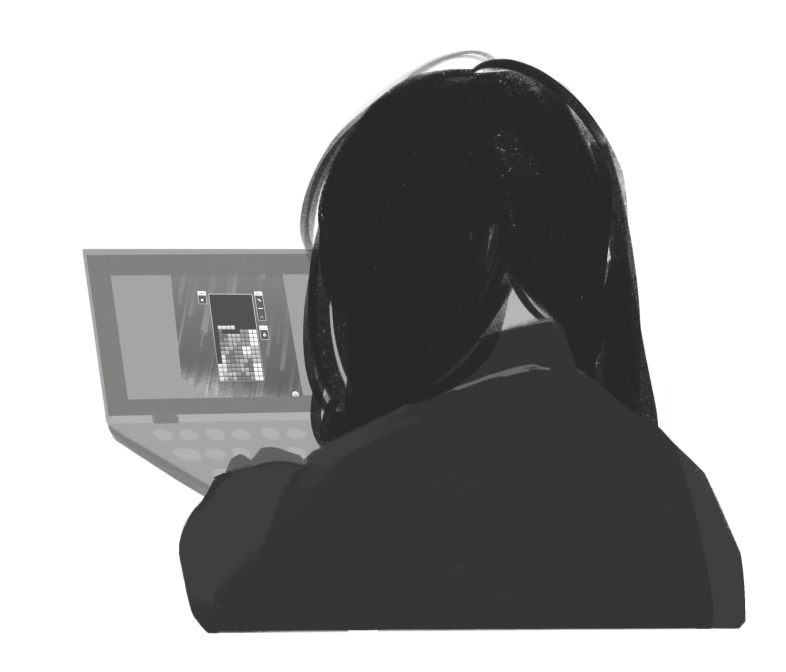Want to practice puzzles on minesweeper.online or play games during tutorials or between classes? If you’re using the school’s WiFi, you’re increasingly out of luck. Since 2002, the school has been filtering access to non-educational websites. This year, these filters blocking gaming sites have been further tightened, according to District Director of Technology Julie Grenier.
In a recent update, websites such as jstris.jezevec10, tetr.io, fanfiction.net and 2048.org have been blocked. Even applications on phones such as Wild Rift and Team Fight Tactics have been prohibited for anyone trying to access them through the school WiFi.
Why is this increased filtering happening? It’s apparently because the sites violate the district’s acceptable use policy, which states that technology should be used for educational purposes only and not be disruptive. Another reason for the added restriction are numerous complaints from staff and parents about students playing video games or streaming movies on campus.
Like many restrictive policies, however, this attempt to stop students from playing video games isn’t airtight and also comes with costs and unintended consequences. Like many times in history, blocking access to a thing will not decrease the use of it, but rather incentivize seeking ways to sidestep the new rules.
For example, students with strict parents who enforce screen time limits on their electronic devices already know that while limited screen time might be intimidating at first glance, it eventually turns into nothing more than just a tiny inconvenience. If an app blocks Instagram and Snapchat, students turn to Discord or Facebook messenger to communicate with friends. Assuming all else fails, they can buy a burner phone from their friends to use behind their parents’ backs.
Similarly, to bypass these filters is easy. On the front page of Steam, there are hundreds of video games that enable offline play. Students can just turn to playing games like Minecraft or Bloons Tower Defense, which don’t use WiFi. For certain websites like jstris.jezevec10, they can first be loaded using home WiFi and then be played in offline mode at school.
The other effect of the filters is to force students to use mobile hotspots, which, while lower in quality than school WiFi, still work.
Students should be the ones responsible for how they handle their time at school. For some students who have studied all night the day before an important test, a short video-gaming break might be just what they need to destress. During tutorials, they should be allowed to engage in “socially and emotionally relevant” activities: For some, that means streaming a movie or playing video games.
Breaks are important parts of getting through long, sometimes tedious school days. After going to two 85-minute classes in the morning and then eating lunch, many students battle to stay awake in fifth, sixth or seventh period as the post-lunch food slump eventually hits. To combat such energy slumps, there is no better feeling than having a short 2- to 3-minute break in between classes where students can play games, watch sports highlights, chat or even take a quick power nap.
Blocking gaming and related websites on the WiFi doesn’t solve the problem. Even if such websites are blocked, students who are overly distracted with and addicted to video games will continue to waste their time regardless of such restrictions. If students do end up playing games during class or other inappropriate times, they will have to deal with the consequences themselves and learn from it. For now, these recent restrictions should be rolled back, with gaming and related websites having fuller access to the school’s WiFi.


























